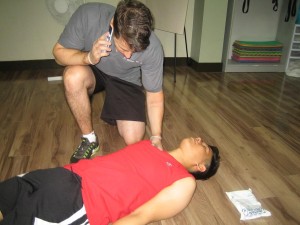
Los Angeles CPR is the top choice of allied health students and professionals for CPR training. We have the widest range of basic and advanced CPR courses in the city as well. If you need high quality training and certification, you don’t have to look any further than our training provider. The Los Angeles CPR website has a list of classes on offer, along with their respective weekly schedules and training fees.
We also have other training locations in the US, in the following cities: (1) Las Vegas, (2) San Francisco, (3) Honolulu, (4) Seattle, and (5) Portland. All of these cities offer the same set of courses as Los Angeles CPR, at the same rates.
What do I learn in a training course at Los Angeles CPR?
Training courses at Los Angeles CPR are divided into basic CPR, advanced CPR, and re-certification classes. Basic classes focus on basic CPR skills – chest compressions, rescue breaths, and defibrillation. Basic first aid is also in the basic CPR classes, teaching trainees how to perform basic first aid skills such as wound care and bandaging.
- Basic Life Support for Health Care Providers
- Basic Heartsaver
- Basic Heartsaver C
Advanced classes include basic training but the three skills are no longer the focus of the program. The curriculum emphasizes the use of medical management, usually done in a clinical set up like a hospital (usually the emergency room). Because advanced training involves more medical skills, it includes teaching students about electrocardiograms (ECGs) and how to interpret ECG results.
- Advanced Cardiac Life Support (ACLS)
- Pediatric Advanced Life Support (PALS)

Re-certification accompanies some of our training programs, so trainees whose certificates are nearing expiry can get them renewed. We have re-certification available for (1) Basic Life Support for HCPs, (2) ACLS, and (3) PALS courses.
- Basic Life Support for Health Care Providers re-certification
- Advanced Cardiac Life Support re-certification
- Pediatric Advanced Life Support re-certification
The importance of learning CPR
Heart disease kills millions of people each year, all over the world. In America alone, hundreds of thousands of men and women are diagnosed with a cardiovascular disease, and hundreds of thousands die from it. Cardiac arrest is responsible for almost 200,000 deaths annually in the US, a very high mortality rate despite millions of Americans being trained in CPR.
According to a survey, bystanders are either unsure of what to do when a person falls unconscious and remains unresponsive, or are not confident in their skills. What they don’t know is that hands-only CPR (using only chest compressions) can double to triple a person’s survival rates if given within the first ten minutes of collapse. Being able to give both compressions and ventilation can drastically improve survival rates even further.
